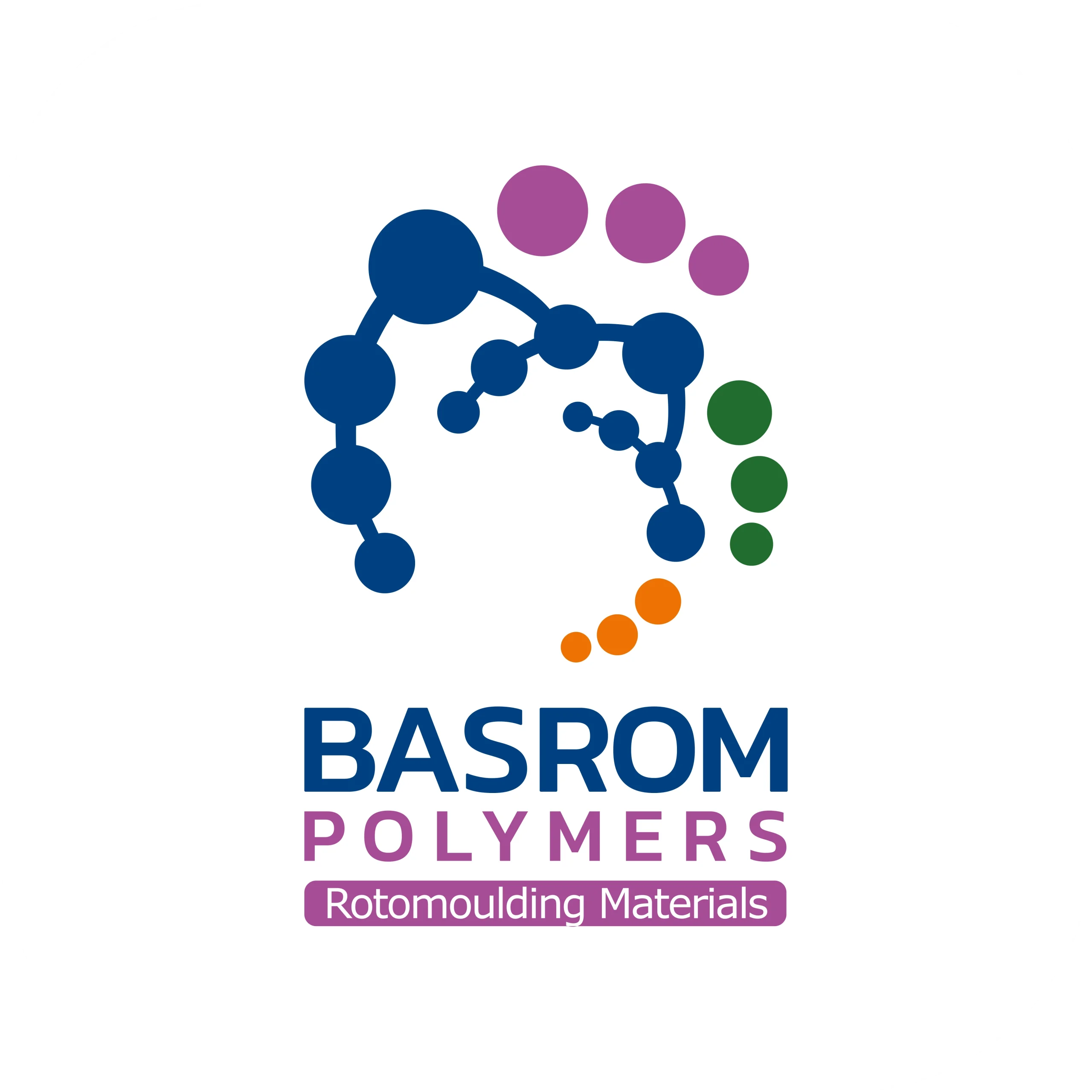The properties of the powder used in the rotomolding process must be carefully selected to be able to withstand high temperatures and various thermal changes, without affecting its mechanical or chemical properties. This important feature prevents product quality degradation during the process.
Good flow of the material inside the mold is also an essential feature. This feature allows the powder to flow evenly into the mold without clumps or irregular lumps, and the final shape of the product is achieved with precision and uniformity.
The powder must have properties that allow it to adhere properly to the mold walls and compact uniformly. Strength and impact resistance are also essential properties that must be matched to the needs of the final product to provide the desired mechanical properties.
Good chemical resistance is also important, especially if the product will be exposed to a variety of chemicals. Some powders also incorporate additives such as coloring, UV resistance, and anti-static properties that can impart specific characteristics to the final product.
Grain size is a critical factor in the rotomolding process, having a significant impact on the curing time and final product quality. Smaller grain size results in faster and more uniform melting at lower temperatures, which can help distribute heat more evenly throughout the mold, resulting in reduced curing time and increased product quality.
Also, grain size has a direct impact on the melting behavior of materials at high temperatures. Finer grains result in faster and better melting at lower temperatures.
This property not only helps reduce the cooking time but also helps in regulating the process temperatures.
Uniform distribution of grains also plays a very important role in the final shape of the product. This feature provides an improvement in creating a uniform and quality surface of the product.
Therefore, precise grain size selection and appropriate changes require careful testing and optimization. These efforts also help improve the performance of the rotomolding process, reduce curing time, and increase the final quality of the products.
Ultimately, the selection of appropriate powder properties must be aligned with the end product requirements to achieve the desired quality and performance in the rotomolded product.

